Achieving and maintaining WASH services in health care facilities is critical for universal quality health coverage, infection prevention and control (IPC), patient safety, and child and maternal health, in particular the time around child delivery. WASH also extends beyond health impacts to issues of dignity and respect, staff morale, and performance and safety. Accordingly, WASH in health care facilities is part of the 2030 Sustainable Development Goal (SDG) targets related to WASH. The SDG targets 6.1 and 6.2 refer to universal and equitable access to drinking water, sanitation and hygiene for all. The term ‘universal’ implies all settings, including households, schools, health care facilities, workplaces and public spaces. Target 3.8 aims to provide access to quality essential health-care services for all. Moreover, WASH in health care facilities is directly related to a number of other health goals, namely reducing maternal mortality, and under-five and neonatal mortality (SDG targets 3.1 and 3.2).
The World Health Organization (WHO) and the United Nations Children’s Fund (UNICEF), through the WHO/UNICEF Joint Monitoring Programme for Water Supply, Sanitation and Hygiene (JMP), have been producing regular updates on water, sanitation and hygiene (WASH) since 1990. Together, they are responsible for monitoring the SDG targets related to WASH in households, schools and healthcare facilities. The JMP published a global baseline report WASH in health care facilities in 2019 and releases progress updates every two years.
The JMP uses service ladders to benchmark and track progress across countries. WASH services in healthcare facilities include water supply, sanitation and hygiene, but also health care waste management and environmental cleaning, which in health care settings are closely related to sanitation and hygiene.
The latest JMP estimates for WASH in health care facilities find that globally in 2021:
- Half of health care facilities (51 per cent) had basic hygiene services, meaning functional hand hygiene facilities (with water and soap and/or alcohol-based hand rub) were available at points of care, and within five meters of toilets.
- 3.85 billion people lacked basic hygiene services at their health care facility including 688 million people with no hygiene services (no hand hygiene facilities either at points of care or toilets).
- 78 per cent of health care facilities had basic water services, meaning water was available from an improved source on the premises.
- 1.7 billion people lacked basic water services at their health care facility, including 857 million people globally with no water service (an improved source more than 500 meters from the premises, an unimproved source, or no water source at all).
- There were not enough countries with national data to calculate regional and/or global coverage of basic sanitation, environmental cleaning, and waste management services. 41 countries representing 19 per cent of the global population had sufficient data to estimate national coverage of basic sanitation services in health care facilities. National data on basic environmental cleaning services were available only in 21 countries, representing 7 per cent of the global population, while national data on basic waste management services were available for 65 countries representing 24 per cent of the global population.
Global coverage of water, sanitation, hygiene, waste management and environmental cleaning services in health care facilities in 2021 (per cent)
WASH service levels in health care facilities also vary widely among regions in 2021:
- Sub-Saharan Africa was lagging on hygiene. While three quarters (73 per cent) of health care facilities in the region overall had hand hygiene at points of care, only one third (37 per cent) have handwashing facilities with soap and water at toilets. The majority (87 per cent) of hospitals had hand hygiene facilities at points of care, compared to just 68 per cent of other health care facilities.
- In least developed countries, only 53 per cent of health care facilities had a basic water service. Coverage ranged from just 52 per cent in sub-Saharan Africa to 90 per cent in Eastern and South-Eastern Asia.
- Just 1 in 5 (21 per cent) of health care facilities in least developed countries had basic sanitation services. The proportion of health care facilities with no sanitation services ranged from 3 per cent in Latin America and the Caribbean and in Eastern and South-Eastern Asia to 22 per cent in sub-Saharan Africa.
Basic water services in health care facilities
Water is needed at health care facilities for drinking, hand hygiene, bathing, cleaning, cooking and a variety of medical uses. Water is critical to maintain health and for recovery. Women, in particular, may need large quantities of drinking water during childbirth and while breastfeeding.
Healthcare facilities with basic water services have water from an improved source on the premises. Globally, 22 per cent of health care facilities lacked a basic water service in 2021 and among these, 11 per cent had no water service. This means 1.7 billion people lacked basic water services at their health care facility, including 857 million people globally who had no water service at their health care facility (meaning they either used water from an improved source more than 500 metres from the premises or an unimproved source, or had no water source at all). In Least Developed Countries (LDCs) almost half (47 per cent) of health care facilities lacked a basic water service.
59 countries had sufficient data to estimate coverage of basic water services in 2021
Proportion of health care facilities with basic water services in 2021 (per cent)
Basic sanitation services in health care facilities
Sanitation services in health care facilities are essential to the provision of quality care and directly impact the health, welfare and dignity of patients and staff. Healthcare facilities with basic sanitation services have improved and usable sanitation facilities with at least one toilet dedicated for staff, at least one sex-separated toilet with menstrual hygiene facilities, and at least one toilet accessible for people with limited mobility.
There were insufficient data to produce a global estimate for basic sanitation services, but 21 per cent of health care facilities in Least Developed Countries and 13 per cent of health care facilities in sub-Saharan Africa had basic sanitation services. Globally, 10 per cent of health care facilities had no sanitation service, meaning they had unimproved toilets or no toilets at all. This means that 780 million people still had no sanitation service at their health care facility in 2021. The proportion of health care facilities with no sanitation service ranged from 3 per cent in Latin America and the Caribbean as well as Eastern and South-Eastern Asia to 22 per cent in sub-Saharan Africa.
41 countries had sufficient data to estimate coverage of basic sanitation services in 2021
Proportion of health care facilities with basic sanitation services in 2021 (per cent)
Basic hygiene services in health care facilities
Hand hygiene is one of the most effective ways to prevent disease transmission. Handwashing facilities at the toilets in health care facilities can help reduce the spread of disease between patients and health care workers.
Half (51 per cent) of health care facilities globally had basic hygiene services, meaning functional hand hygiene facilities (with water and soap and/or alcohol-based hand rub) are available at points of care, and within five meters of toilets in 2021. 3.85 billion people lacked basic hygiene services at their health care facility, including 688 million people with no hygiene services (lacking hand hygiene facilities at points of care, as well as soap and water at toilets). In least developed countries (LDCs), only one third (32 per cent) of health care facilities had basic hygiene services. Globally, 68 per cent of health care facilities had hand hygiene facilities at points of care, while 65 per cent had handwashing facilities with soap and water at toilets.
40 countries had sufficient data to estimate coverage of basic hygiene services in 2021
Proportion of health care facilities with basic hygiene services in 2021 (per cent)
Basic waste management services in health care facilities
Health care waste should be segregated into at least three categories (general non-hazardous waste, infectious waste, and sharp waste), then safely treated and disposed to prevent the spread of infection.
In 2021, 65 countries (representing 24 per cent of the global population) had sufficient data to estimate national coverage of basic waste management services in health care facilities, meaning that waste was segregated at points of generation, and sharps and infectious waste were treated and disposed of safely. There were not enough countries with basic estimates to calculate global coverage of basic waste management services for all health care facilities, but 39 per cent of health care facilities in sub-Saharan Africa, as well as one out of three (32 per cent) health care facilities in fragile contexts and in LDCs (34 per cent) had a basic waste management service.
65 countries had sufficient data to estimate coverage of basic waste management services in 2021
Proportion of health care facilities with basic waste management services in 2021 (per cent)
Basic environmental cleaning services in health care facilities
Effective environmental cleaning at health care facilities is a fundamental intervention for infection prevention and control and significantly reduces the transmission of health care associated infections. Health care facilities should establish written protocols for cleaning and regularly train health care workers on effective implementation of those protocols. Healthcare facilities have basic environmental cleaning services when protocols for cleaning are available, and staff with cleaning responsibilities have all received training.
In 2021, only 21 countries (representing 7 per cent of the global population) sufficient data to estimate national coverage of basic environmental cleaning services in health care facilities. While there were not enough countries with national data to calculate regional or global estimates for basic environmental cleaning services, it is estimated that 72 per cent of hospitals in Central and Southern Asia had basic environmental cleaning services in 2021.
Drinking water, sanitation and hygiene (WASH) estimates
Water, sanitation & hygiene (WASH) data
Build and download your own customisable dataset
Resources
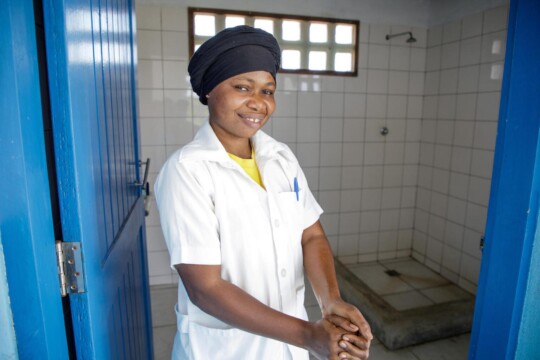
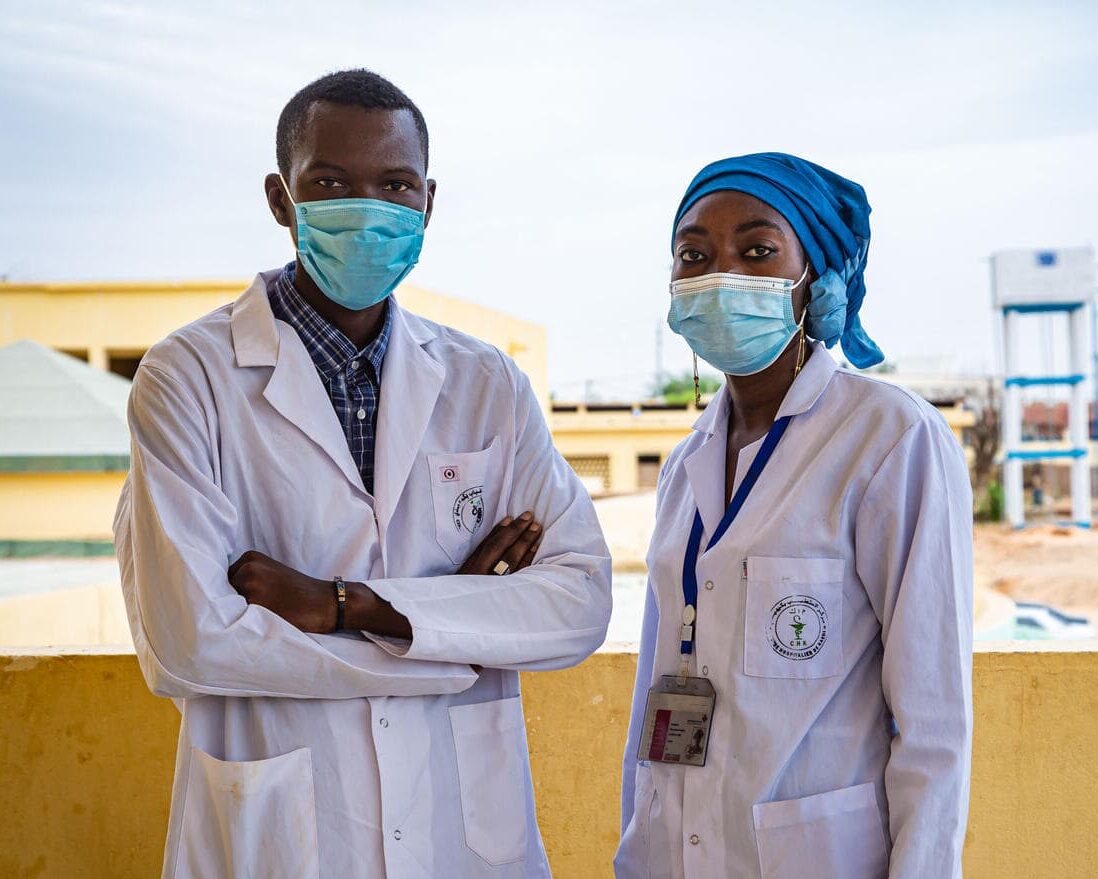
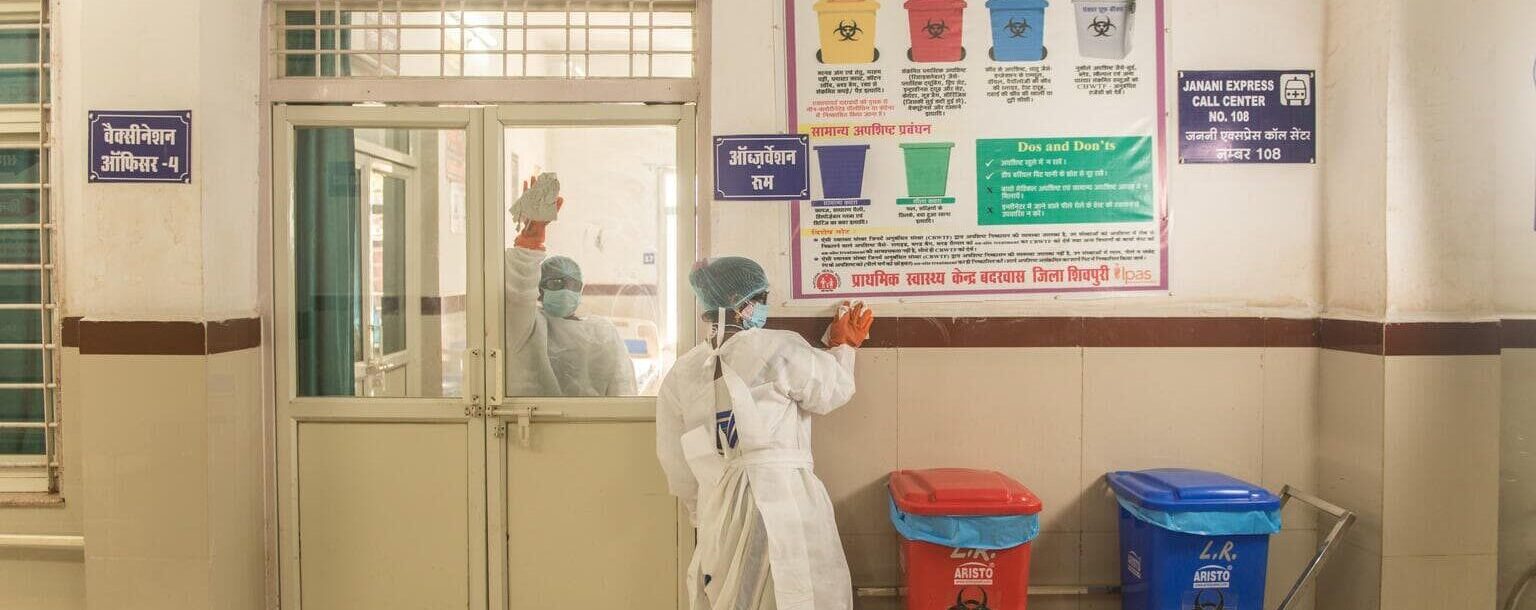
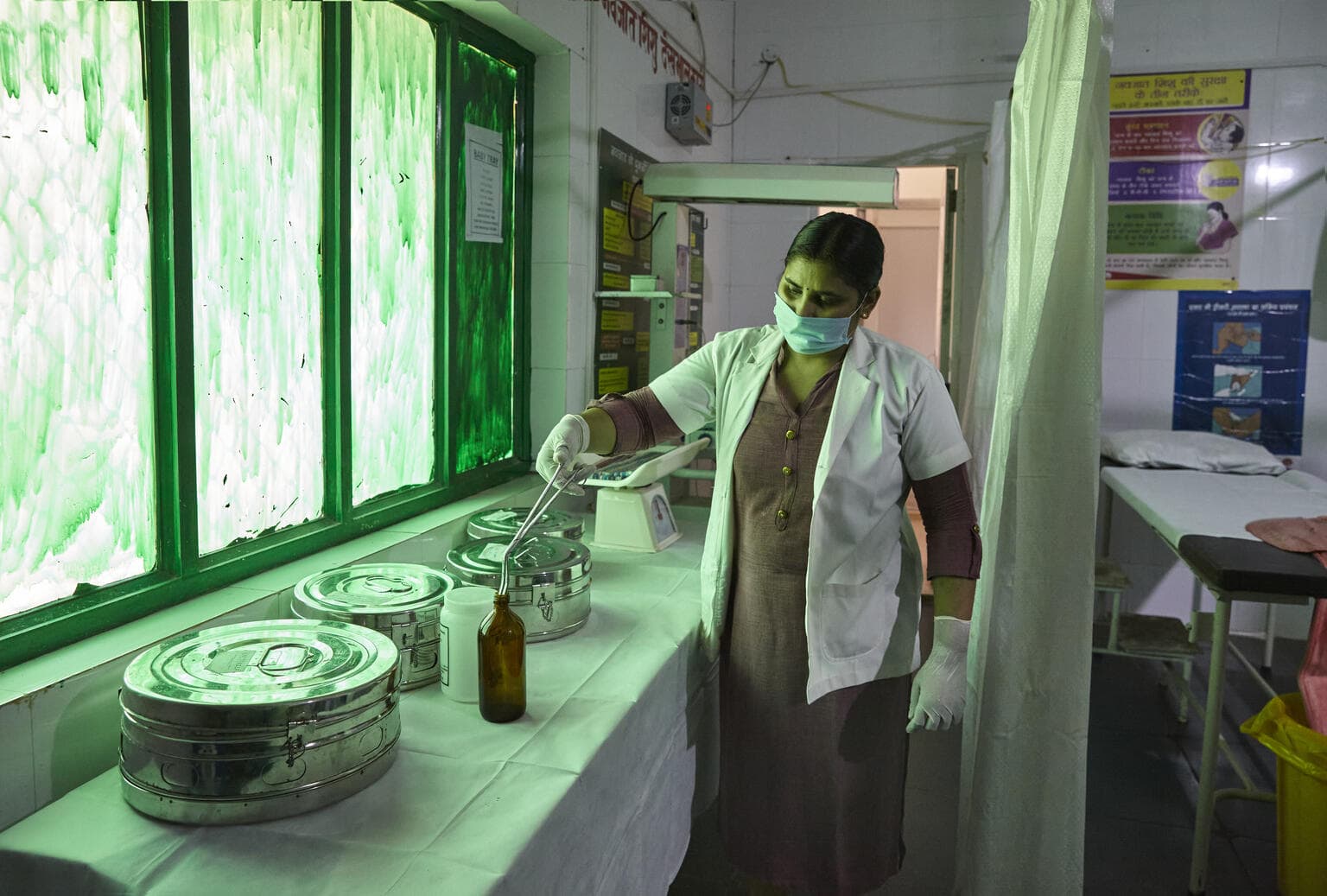

Notes on the Data
WHO/UNICEF Joint Monitoring Programme for Water Supply, Sanitation and Hygiene
Since 1990, WHO and UNICEF have tracked progress on global water and sanitation goals through the Joint Monitoring Programme for Water Supply, Sanitation and Hygiene (JMP). Further information about the JMP and its methodology can be found at the JMP website.
JMP service ladders for WASH in health care facilities
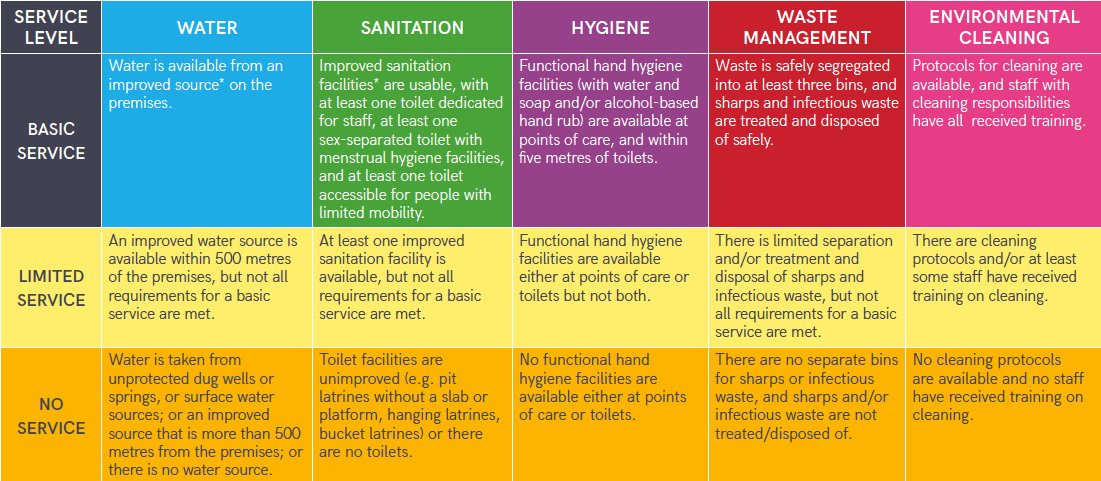
* Improved water sources are those that by nature of their design and construction have the potential to deliver safe water. These include piped water, boreholes or tubewells, protected dug wells, protected springs, rainwater, and packaged or delivered water. Improved sanitation facilities are those designed to hygienically separate human excreta from human contact. These include wet sanitation technologies – such as flush and pour-flush toilets connecting to sewers, septic tanks or pit latrines – and dry sanitation technologies – such as dry pit latrines with slabs, and composting toilets.